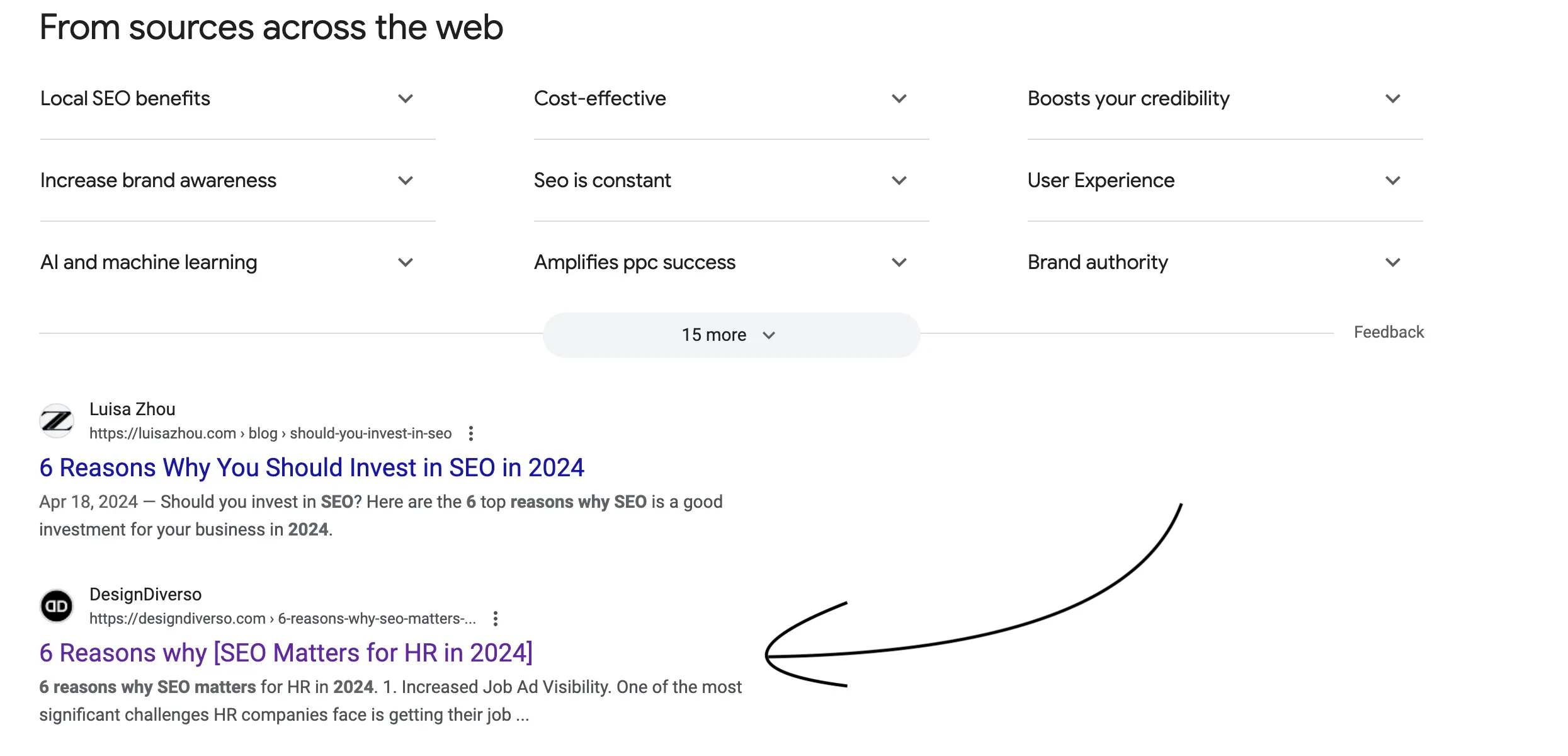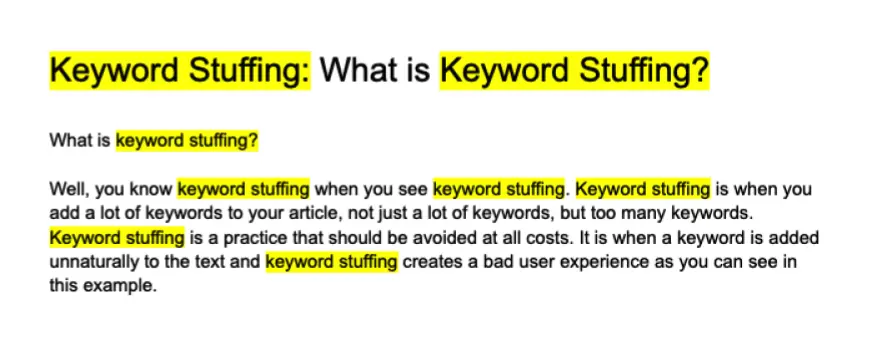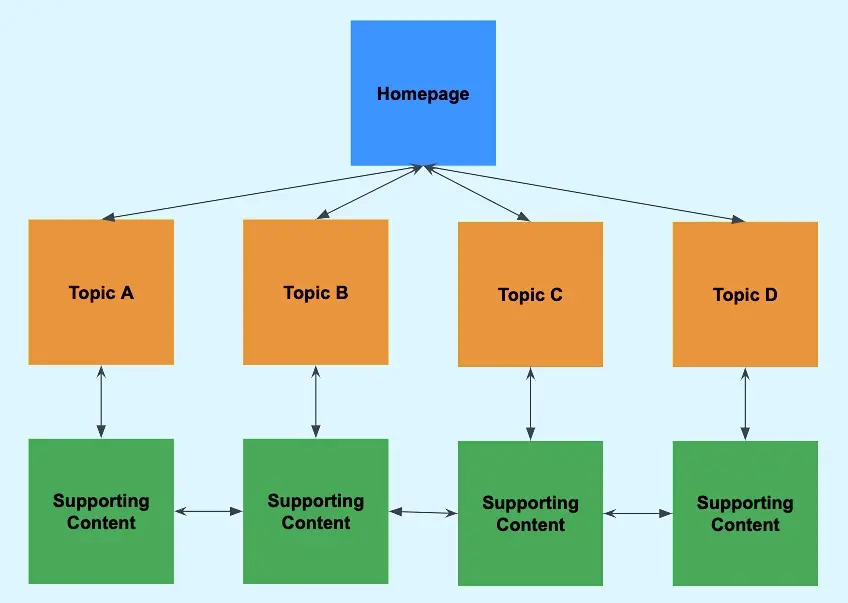
Understanding traffic metrics in Universal Analytics
Universal Analytics is a powerful tool that allows businesses to track and analyze visitor data on their websites. By understanding traffic metrics in Universal Analytics, businesses can gain key insights into user behavior, engagement, and conversion rates. This article will explore the various traffic metrics available in Universal Analytics, how they can be used to improve website performance, and best practices for tracking and interpreting this data.
One of the first metrics to consider in Universal Analytics is traffic sources. This metric tells businesses where their website traffic is coming from, whether it be from organic search, paid ads, social media, or referrals. By analyzing traffic sources, businesses can gain valuable insights into which channels are driving the most traffic to their website and adjust their marketing strategy accordingly. For example, if a business sees that most of their traffic is coming from organic search, they may want to invest more time and resources into search engine optimization (SEO) to further boost their rankings.
Traffic volume
Another important traffic metric in Universal Analytics is traffic volume. This metric tells businesses how many visitors are coming to their website over a specific period of time. By tracking traffic volume, businesses can determine trends in website traffic, such as peak times of the day or week when traffic is highest. This information can be used to optimize website performance, such as scheduling content to be published during peak traffic times to maximize engagement.
Engagement metrics are also crucial in Universal Analytics.
These metrics measure how visitors are interacting with a website, such as how long they are spending on a page, how many pages they are viewing per visit, and what actions they are taking on the site (such as clicking on links or submitting forms). By analyzing engagement metrics, businesses can gain insights into the effectiveness of their website design, content, and calls to action. For example, if a business sees that visitors are spending very little time on a specific page, they may want to redesign the layout or add more engaging content to keep visitors on the page longer.
Conversion metrics
Conversion metrics are perhaps the most important traffic metrics in Universal Analytics. These metrics track how many visitors are taking a desired action on the website, such as making a purchase, signing up for a newsletter, or filling out a contact form. By tracking conversion metrics, businesses can gain insights into the effectiveness of their marketing campaigns, website design, and calls to action.
For example, if a business sees that a particular landing page has a high conversion rate, they may want to replicate the elements of that landing page on other pages to increase conversions across the site.
In addition to these key traffic metrics, businesses can also track other important data points in Universal Analytics, such as bounce rate, session duration, and exit pages.
Bounce rate measures the percentage of visitors who leave a website after viewing only one page, while session duration measures how long visitors are spending on the site in a single session. Exit pages show businesses which pages are most commonly the last page viewed by visitors before they leave the site. By tracking these metrics, businesses can gain insights into user behavior and identify areas for improvement on their website.
When tracking and analyzing traffic metrics in Universal Analytics, businesses should also pay attention to data accuracy and consistency. It’s important to ensure that tracking codes are correctly implemented on all pages of the website and that data is being collected accurately.
Businesses should also regularly audit their analytics setup to check for any discrepancies or errors in the data. By maintaining accurate and consistent data, businesses can make informed decisions based on reliable information.
Final thoughts
Understanding traffic metrics in Universal Analytics is crucial for businesses looking to optimize their website performance and drive conversions. By tracking key metrics such as traffic sources, volume, engagement, and conversions, businesses can gain valuable insights into user behavior and make data-driven decisions to improve website performance. By paying attention to data accuracy and consistency, businesses can ensure that they are basing decisions on reliable information. By implementing best practices for tracking and analyzing traffic metrics in Universal Analytics, businesses can maximize the potential of their website and achieve success online.







